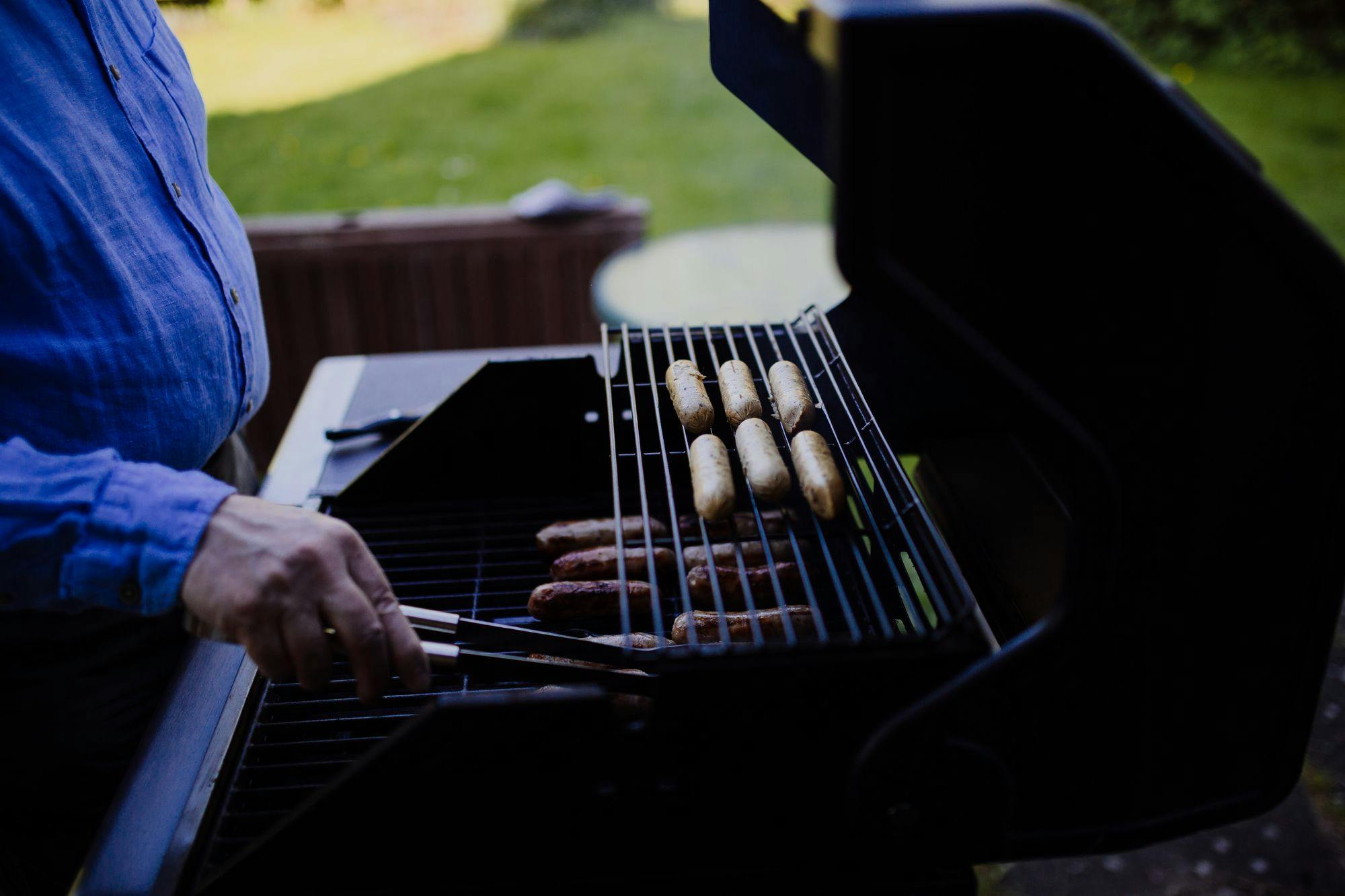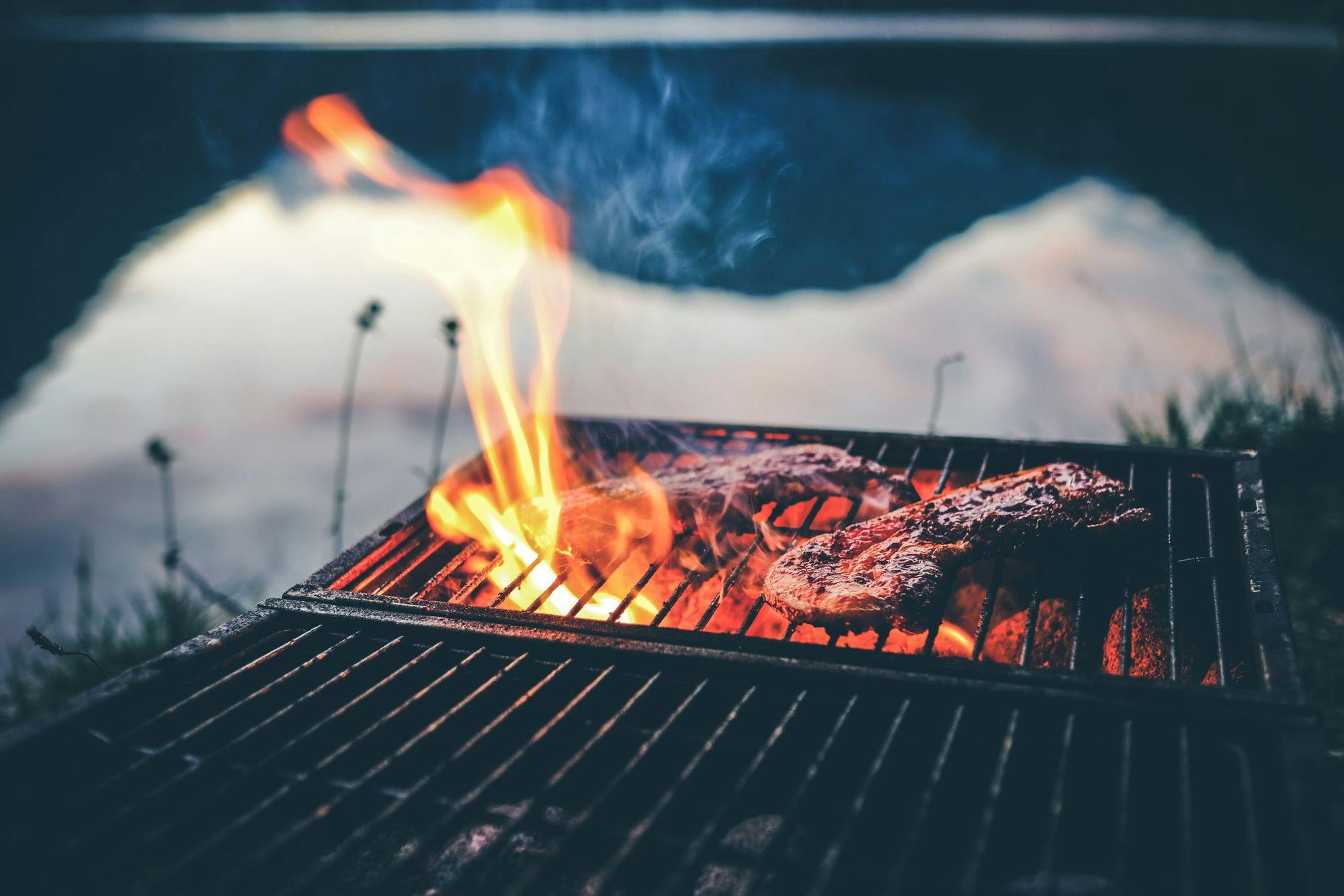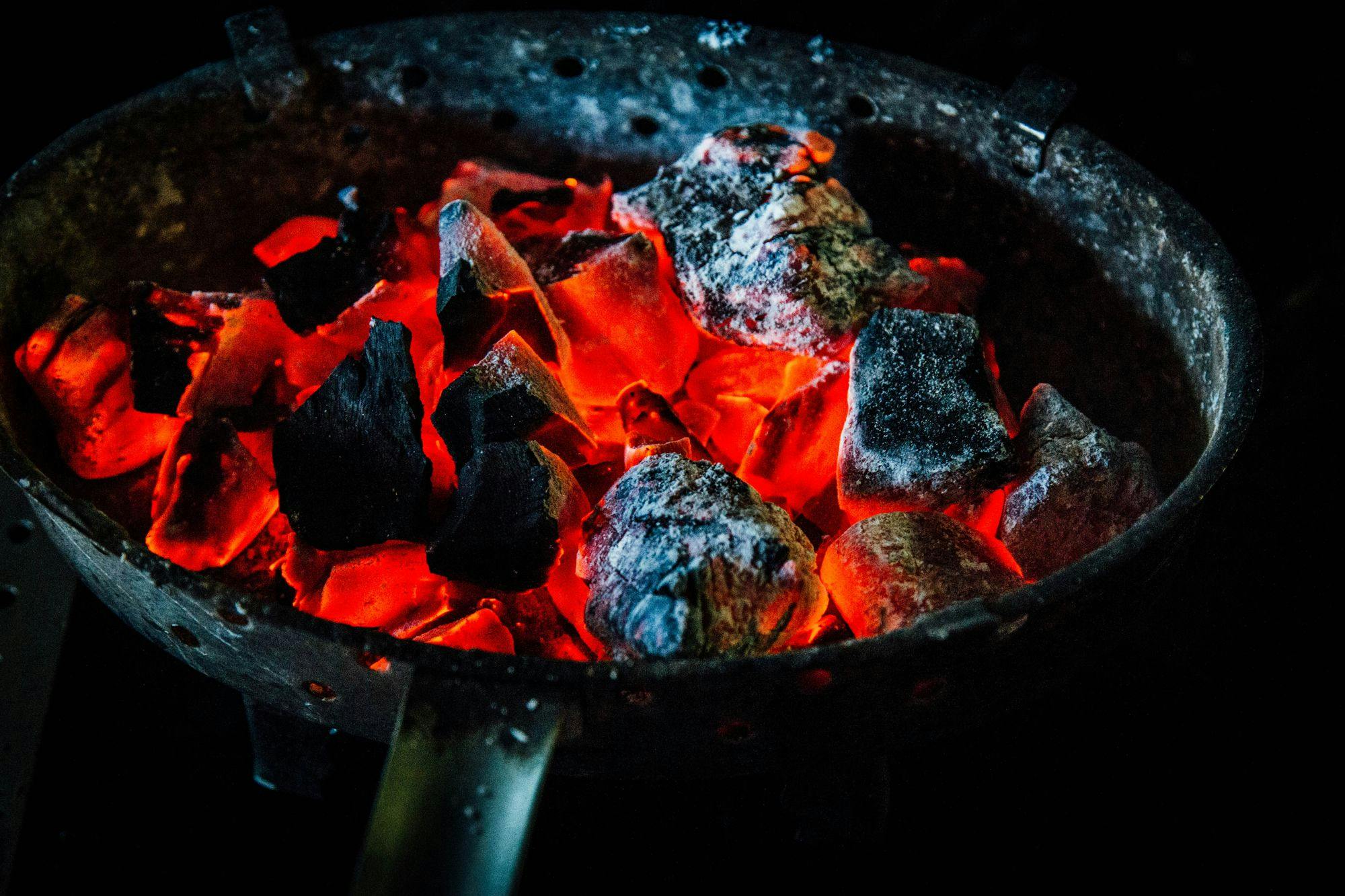Introduction
Canning is a wonderful way to preserve the bounty of the season and enjoy your favorite fruits and vegetables all year round. It not only helps reduce food waste but also provides cost-effective and healthier options for meal preparation. When it comes to canning, one important consideration is doubling the recipe. Doubling a recipe allows you to maximize your canning efforts, ensuring that you have enough jars to store and enjoy in the future. In this comprehensive guide, we will explore the various aspects to consider when doubling a recipe for canning, from ingredient selection to serving ideas. So, let's dive in and uncover the secrets to successful recipe doubling in canning!
The Benefits of Canning
Before we delve into the considerations of doubling a recipe, let's briefly touch on the benefits of canning. Canning has been a popular method of food preservation for centuries, and for good reason.
1. Preservation of seasonal produce: Canning allows you to capture the flavors and nutrients of fresh seasonal produce when it's at its peak. By canning, you can enjoy your favorite fruits and vegetables long after their growing season has ended.
2. Cost-effectiveness and reduced food waste: Buying produce in bulk when it's in season and canning it for later use can help you save money. It also helps reduce food waste by extending the shelf life of perishable items.
3. Healthier and more nutritious options: When you can your own produce, you have control over the ingredients and can avoid preservatives and additives. This ensures that you are consuming wholesome and nutritious food.
4. Convenience and time-saving in meal preparation: Having canned goods on hand makes meal preparation a breeze. You can quickly whip up soups, stews, sauces, and more by simply opening a jar of your homemade canned goods.
Now that we understand the benefits of canning, let's explore the considerations when it comes to doubling a recipe for canning.
Selection Criteria for Canning
When it comes to canning, selecting the right ingredients is crucial. Here are some key factors to consider when choosing ingredients for canning and doubling a recipe.
1. Choosing the right ingredients:
Freshness and quality: It's important to use fresh and high-quality produce for canning. The quality of the ingredients will directly impact the taste and texture of the final product.
Ripeness and flavor: For the best results, choose fruits and vegetables that are at their peak ripeness. This ensures that you capture the full flavor of the produce in your canned goods.
Varieties suitable for canning: Not all fruits and vegetables are suitable for canning. Some varieties may become too mushy or lose their flavor during the canning process. Research and choose varieties that are known to hold up well in canning.
2. Quantity considerations for doubling recipes:
Assessing available storage space: Before doubling a recipe, consider how much storage space you have for the canned goods. Make sure you have enough jars and storage area to accommodate the larger batch.
Estimating consumption needs: Think about how much of the canned goods you will consume over time. Doubling a recipe may seem like a good idea, but if you end up with more jars than you can use, it defeats the purpose of canning. Consider your consumption needs and adjust the recipe accordingly.
Ensuring proper equipment for larger batches: Doubling a recipe means you'll need larger pots, more jars, and potentially more canning equipment. Make sure you have the necessary equipment to handle the larger batch and ensure proper processing.
By carefully considering these selection criteria, you can ensure that you have the right ingredients in the right quantities for successful recipe doubling and canning.
A Detailed Recipe for Canning
To better understand the process of canning and recipe doubling, let's walk through a step-by-step guide for canning a specific recipe. This will help illustrate the considerations and techniques involved in doubling a recipe for canning.
Step 1: Preparation of ingredients - Gather all the necessary ingredients and prepare them according to the recipe. Wash and peel fruits and vegetables, remove any pits or seeds, and chop or slice them as needed.
Step 2: Sterilization of jars and equipment - Properly sterilize the jars, lids, and canning equipment to ensure the safety and longevity of the canned goods. This can be done by boiling the jars and lids in a large pot of water or using a dishwasher with a sterilization cycle.
Step 3: Cooking and processing the recipe - Follow the recipe instructions for cooking the ingredients. This may involve simmering, boiling, or baking the mixture to the desired consistency. Pay attention to cooking times and temperatures, as these can affect the final product.
Step 4: Filling and sealing the jars - Carefully ladle the hot mixture into the sterilized jars, leaving the recommended headspace. Wipe the rims of the jars clean, place the lids on top, and secure them with the jar rings. Make sure the jars are tightly sealed to prevent spoilage.
Step 5: Proper storage and labeling - Allow the jars to cool completely before storing them in a cool, dark place. Label each jar with the contents and the date of canning for easy identification. Properly stored canned goods can last for up to a year or even longer.
By following these steps, you can successfully can a recipe and adapt it for doubling. Remember to adjust cooking and processing times accordingly to ensure the safety and quality of the canned goods.
Pitfalls to Watch Out for When Doubling a Recipe
While doubling a recipe for canning can be a great way to maximize your efforts, there are some pitfalls to watch out for. Here are a few considerations to keep in mind when doubling a recipe:
1. Adjusting ingredient quantities and ratios: When doubling a recipe, it's important to adjust the ingredient quantities and ratios accordingly. Some ingredients may not need to be doubled, while others may need to be increased. Pay attention to the flavor balance and adjust seasonings as needed.
2. Ensuring proper cooking and processing times: Doubling a recipe may require longer cooking and processing times to ensure that the ingredients are properly cooked and the jars are safely processed. Follow the recipe instructions and adjust the times accordingly to avoid undercooking or overcooking the ingredients.
3. Maintaining consistency and flavor: Doubling a recipe can sometimes affect the consistency and flavor of the final product. Keep an eye on the texture and taste as you cook the ingredients, and make adjustments as necessary to maintain the desired consistency and flavor.
4. Avoiding overcrowding in the canning process: Doubling a recipe means you'll have more jars to fill and process. Make sure not to overcrowd the canner, as this can affect the heat distribution and processing time. Process the jars in batches if needed, ensuring that each jar receives proper heat exposure.
5. Preventing spoilage and contamination risks: With larger batches, there is a higher risk of spoilage and contamination. Make sure to properly sterilize the jars and equipment, handle the ingredients with clean hands, and follow safe canning practices to minimize the risk of spoilage and contamination.
By being mindful of these potential pitfalls, you can successfully double a recipe for canning and enjoy the fruits of your labor for months to come.
Serving Ideas for Canned Recipes
Now that you have a pantry full of delicious canned goods, let's explore some creative ways to incorporate them into your everyday meals. Here are a few serving ideas for canned recipes:
1. Incorporating canned ingredients into everyday meals: Use canned tomatoes to make a flavorful pasta sauce, add canned beans to soups and stews, or mix canned fruit into your morning oatmeal. Canned ingredients can add depth and flavor to your everyday meals.
2. Creative uses for canned goods: Get creative with your canned goods by making salsas, chutneys, or relishes. These can be used as condiments or added to sandwiches, burgers, and wraps for an extra burst of flavor.
3. Gift ideas using canned recipes: Share the joy of homemade canned goods by gifting them to friends and family. Package them in decorative jars and include recipe cards for serving suggestions.
4. Recipe suggestions for utilizing canned ingredients: Explore recipes that specifically call for canned ingredients. From canned pumpkin for delicious pies to canned peaches for refreshing cobblers, there are countless recipes that make use of canned goods.
By incorporating your canned goods into various dishes and exploring new recipes, you can make the most out of your canned creations and enjoy them in a variety of ways.
Conclusion
Doubling a recipe for canning can be a rewarding and efficient way to preserve the flavors of the season. By carefully considering the selection
About Erika Oliver
Erika Oliver is a passionate writer, community advocate, and culinary enthusiast dedicated to bringing people together through the art of barbecue and neighborhood connections. With a profound love for both food and community, Erika has become an influential voice in promoting the joy of gathering around the grill and fostering a sense of belonging among neighbors.



